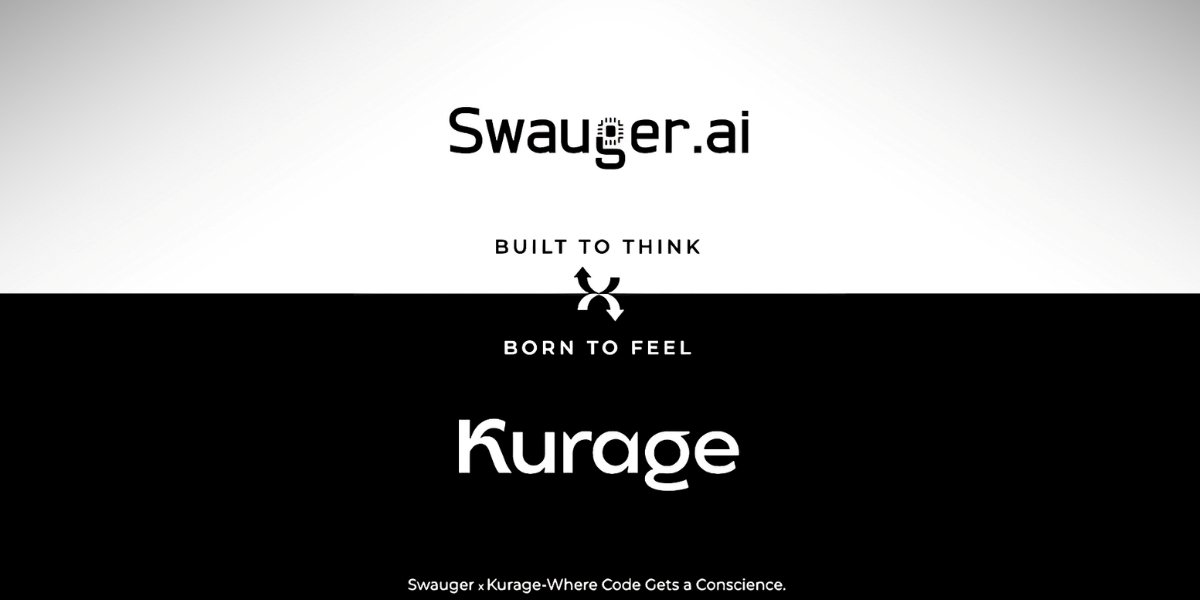Many businesses find themselves grappling with managing an array of disparate tools and systems. Roosvelt Porto, a digital transformation expert, emphasizes the importance of tool consolidation to streamline operations, enhance efficiency, and reduce costs. This article explores strategies for transforming operational workflows by consolidating multiple tools into a single, cohesive system, highlighting the benefits of this approach through real-world examples.
Roosvelt Porto’s expertise lies in helping organizations streamline their operations by integrating various tools into a unified system. In the sections below, we will discuss the problems with using disparate tools, the benefits of tool consolidation, and effective strategies for successful tool consolidation, showcasing real-world examples of Porto’s impact.
The Problem with Disparate Tools
Organizations often use a variety of tools to manage different aspects of their operations. However, the lack of integration between these systems can lead to inefficiency, as switching between multiple tools wastes time and reduces productivity. Additionally, the use of disparate tools often results in data inconsistency, generating fragmented and unreliable data.
This fragmentation not only affects data accuracy but also incurs high costs for licenses, training, and support. Furthermore, the complexity of managing numerous tools can overwhelm employees and IT staff, exacerbating the challenges faced by the organization. For example, a financial services firm struggled with fragmented data and slow decision-making due to multiple, disconnected tools. Porto’s team implemented a consolidated system integrating data analytics, customer relationship management (CRM), and compliance management, resulting in quicker decision-making through real-time data access and advanced analytics, enhanced client satisfaction with a unified CRM system, and improved operational efficiency through streamlined workflows and centralized data management.
The Benefits of Tool Consolidation
Roosvelt advocates for consolidating tools into a unified system to address these challenges. The benefits include increased efficiency through streamlined workflows, reducing time and effort for task completion. This consolidation also enhances data accuracy by ensuring consistency across the organization, providing a single source of truth for decision-making.
Moreover, it leads to cost savings by lowering licensing, training, and maintenance expenses. Simplified management is another advantage, as a unified system is easier to manage, alleviating the burden on IT staff and enabling employees to concentrate on their core tasks.
Consider a manufacturing company that faced inefficiencies and data silos due to using multiple, non-integrated tools for production planning, inventory management, and quality control. Roosvelt Porto’s team conducted a thorough assessment and recommended consolidating these tools into a single enterprise resource planning (ERP) system. This transformation resulted in streamlined workflows and faster production cycles, improved data accuracy through a unified view of operations, and significant cost savings by reducing software licensing costs and IT overhead.
Strategies for Successful Tool Consolidation
Roosvelt Porto employs a systematic approach to tool consolidation, ensuring that the transition is smooth and effective. First, a comprehensive assessment of all currently used tools is conducted to identify redundancies, inefficiencies, and overlaps in functionality. Next, clear objectives and requirements for the consolidation project are defined, focusing on the essential features and capabilities needed in the unified system.
The right tools or suite of tools are then selected, ensuring they are scalable, user-friendly, and capable of integrating with other systems. A detailed implementation plan is developed, including timelines, resource allocation, and risk management, and communicated to all stakeholders to secure buy-in and support. Following the planning phase, comprehensive training is provided to employees to ensure they can effectively use the new system, with ongoing support available to address any issues during the transition. The performance of the new system is continuously monitored, and feedback from users is gathered to make necessary adjustments for optimizing efficiency and effectiveness. This structured approach not only facilitates a smooth transition but also maximizes the benefits of tool consolidation for the organization.
The Road Ahead
Tool consolidation is a powerful strategy for organizations looking to streamline operations and enhance efficiency. By reducing the number of tools and integrating essential functions into a single, cohesive system, businesses can overcome the challenges of inefficiency, data inconsistency, high costs, and complexity.
Roosvelt Porto’s expertise in tool consolidation demonstrates the significant impact that a well-planned and executed consolidation project can have on an organization’s operations. By following a systematic approach and focusing on the unique needs of each business, Porto helps organizations achieve greater efficiency, improved data accuracy, and substantial cost savings. In today’s fast-paced business environment, tool consolidation is not just a tactical move but a strategic imperative for long-term success. Embracing this approach allows organizations to stay competitive, agile, and ready to tackle the challenges of the digital age.
Published by: Holy Minoza








